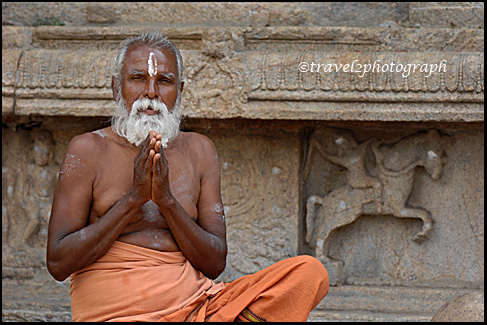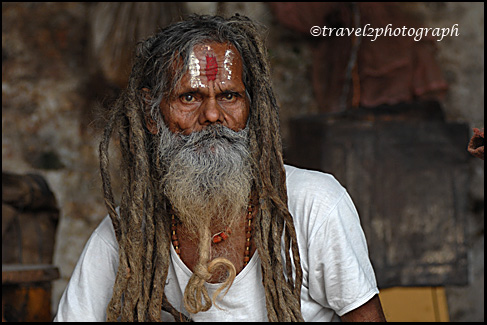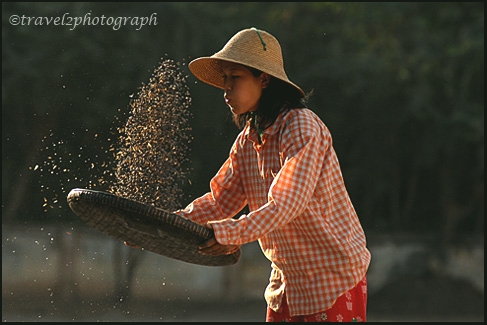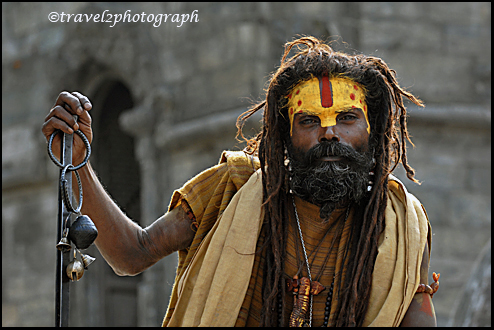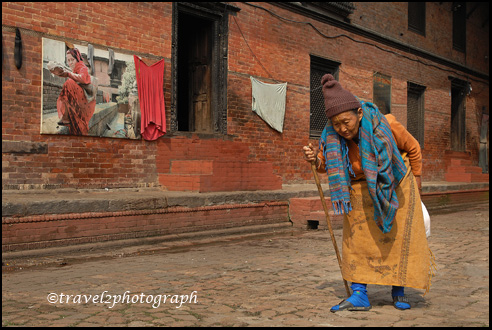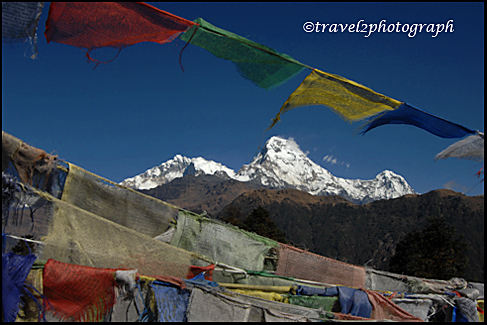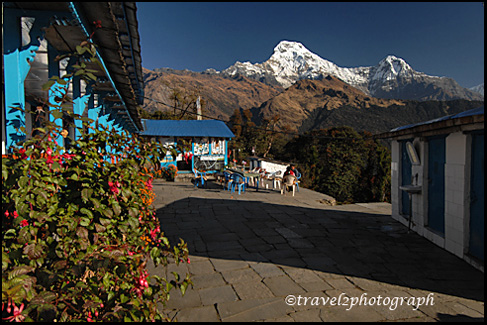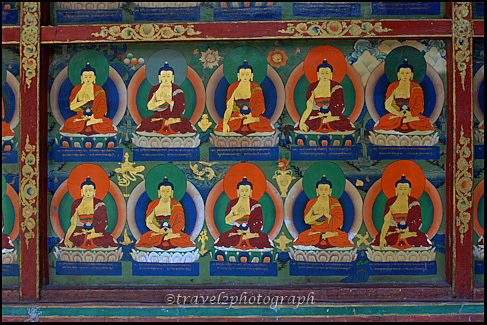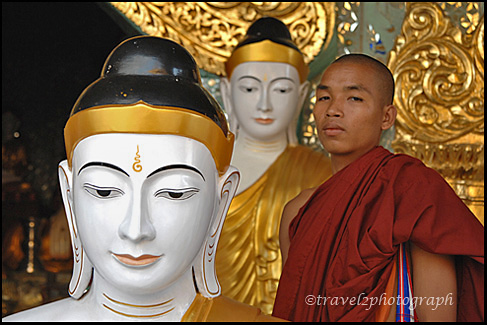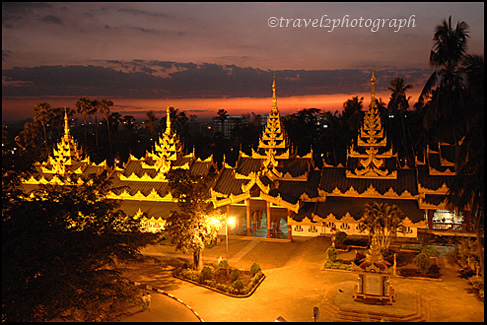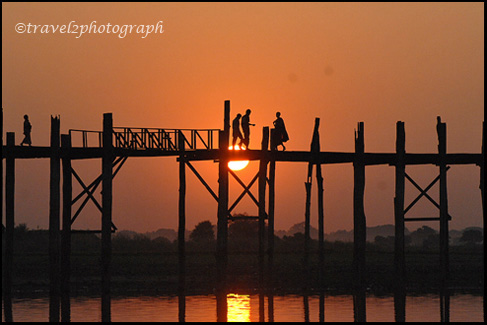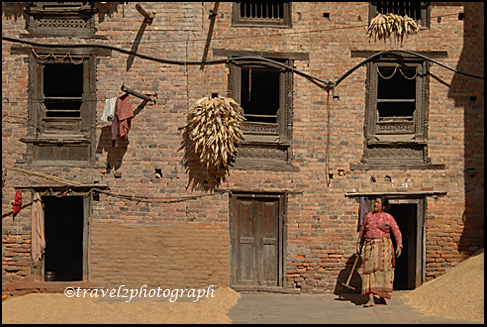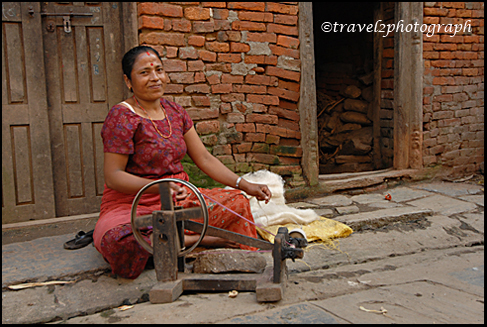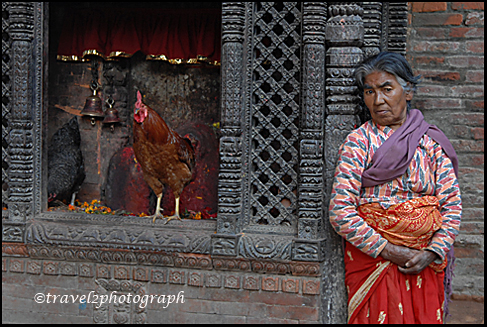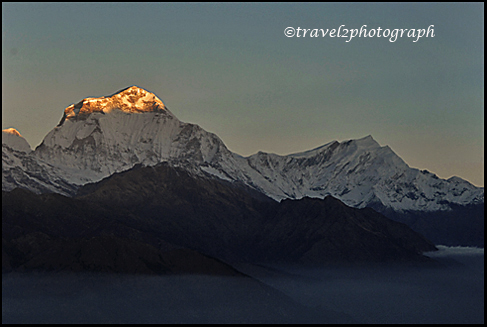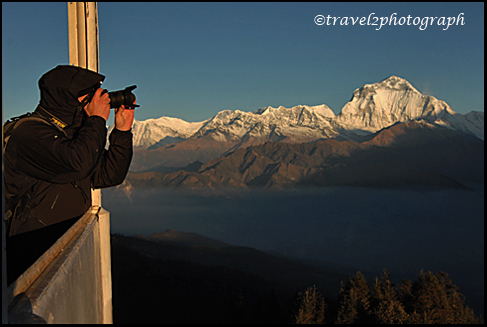Hindu New Year , also known as ‘Vikram Samvat’ is celebrated according to the Hindu Lunar Calendar. In the Indian Calendar, seasons follow the sun, months follow the moon and days both sun and moon. This era of Vikram Samvat began in 57 BC. To correspond with the solar calendar, 57 years are subtracted from the Hindu Year. Thus, the New Year begin with the first day of Kartik Maas following Deepawali Amaavasya.
“It is easy to talk on religion, but difficult to practice it.”
Ramakrishna
The origin of Hindu New Year relates to the legendary Hindu King Vikramaditya in 57 BC. According to the legend, King Gardabhilla abducted a nun by the name of Saraswati. She was the sister of the famous Jain monk Kalakacharya. The helpless monk looked for help of the Saka ruler in Sakasthana to defeat Gardabhilla. He was defeated and captivated by the Saka King. Though later released, but Gardabhilla retired to the forest where he was killed by a tiger. His son, Vikramaditya, who was brought up in the forest, later invaded Ujjain and pushed out the Sakas. Thus, to celebrate this event, he commemorated a new era called Vikram Samvat.
“The people, and the people alone, are the motive force in the making of world history.”
Mao Zedong
On this occasion people decorate their houses by lighting and flowers decorations of varied colors like pink, blue, yellow, red and purple, etc… People also designed rangolis. Rangolis are the main attraction of the decoration part.
“One of the greatest diseases is to be nobody to anybody.”
Mother Teresa
On that day it is a tradition to wake up early in the morning. People take a bath and they wear new clothes. Prayers are offered to goddess Lakshmi and to god Ganesh. Flowers, fruits and Prasad are offered to God. After the worship, prasad and fruits are distributed among the family members and neighbors. Prasad is a material substance that is first offered to a deity and then consumed.
“Honesty is the first chapter in the book of wisdom.”
Thomas Jefferson
The birth of a New Year is a whole new beginning and marks the time when the world awakens from its wintry slumber. So almost all the Hindu New Year festivals fall on the beginning of the spring months when nature turns bountiful and blesses the earth with fruitful greenery. The beautiful flowers that bloom in spring, the early bird songs, the fresh harvests which are the fruits of past labor and the commencement of a new agricultural cycle . All these symbolize the dawn of another year. Thus, every colorful spring festival of the Hindus, with all the expectations, apprehensions, hope and joy woven in the festivities, is essentially for a New Year celebration.
